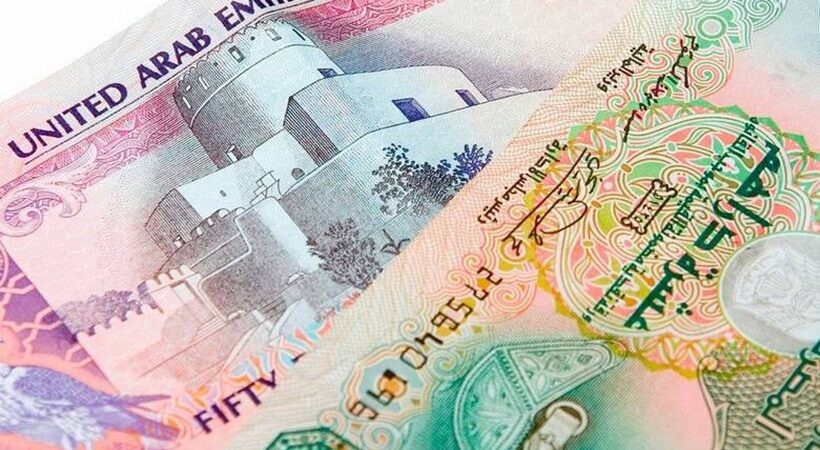Non-resident Indians (NRIs) in the United Arab Emirates often wonder how beneficial it is to opt for a loan in the UAE and invest in India. Taking personal loans is comparatively easier in the emirates due to its low-cost interest rates.
While personal loans are available at the interest rates of 14% to 18% in India, banks in the UAE offer at 4% to 6%. For NRIs, interest rates on personal loans taken in India can be as high as 15%, but on average, it varies between 10% to 11%. In contrast, NRIs could get an unsecured loan for a fixed rate of 5% or even lower than this.
Loans are significantly cheaper in the UAE because UAE dirhams is pegged to the US dollar and is backed by external solid balances and current account surpluses. This means there is no currency risk for taking loans in the UAE in dollar terms. But the borrower must have sufficient income sources in dirhams or any other strong currency like US dollars to repay the loan.
Dirham’s rates are directly connected with the US central bank rates and interbank rates. When the rates go up in these banks, the rates in local banks are impacted too.
The advantages of taking a loan in the UAE are undoubtedly lower interest cost, lower processing fee and swifter processing. But it has disadvantages too. The UAE banks impose higher penalties like higher costs, litigation, and even seizure of the property. You could not go out of the country if you defaulted on a payment, which may lead you to prison.
Why should you invest in India?
You should invest in India to build a robust retirement plan and security for current as well as future use. It helps utilise savings to invest and grow your financial portfolio. Additionally, investing in India maintains the flow of money earned abroad going back to the home country.
You can invest in India through bank fixed deposits (FD), mutual funds, real estate, direct equity, certificate of deposits, national pension scheme (NPS). Investing in Government Securities is also a great option.



















